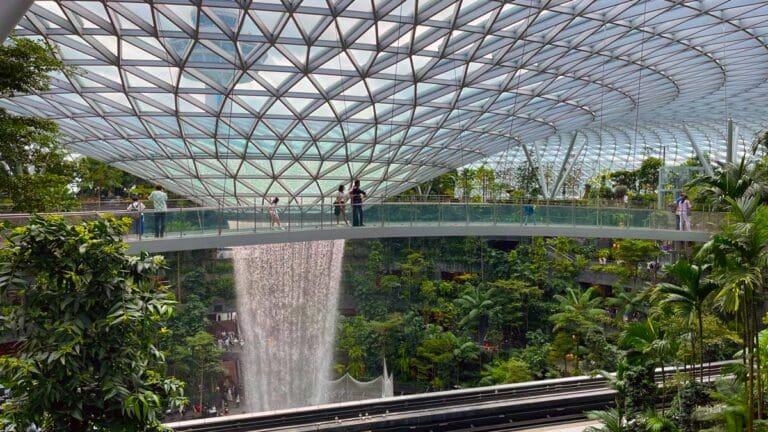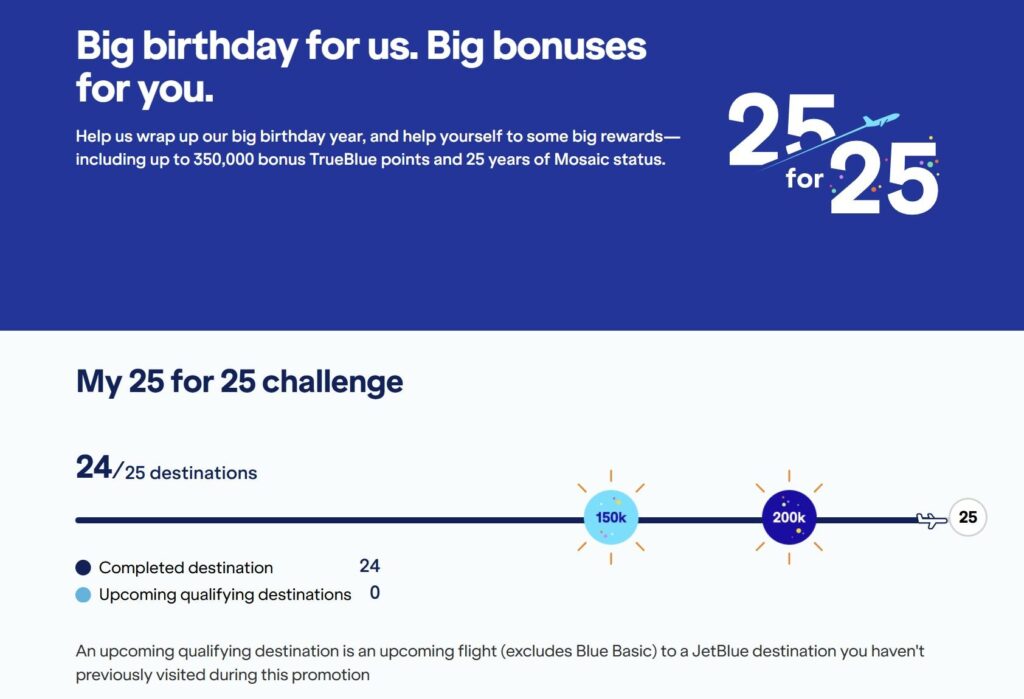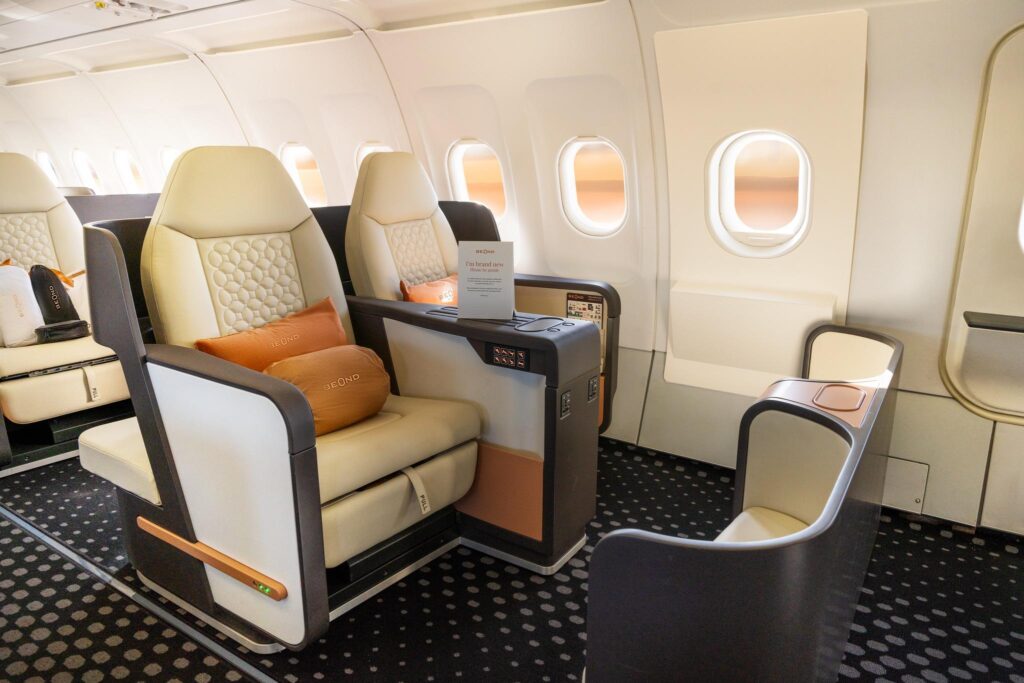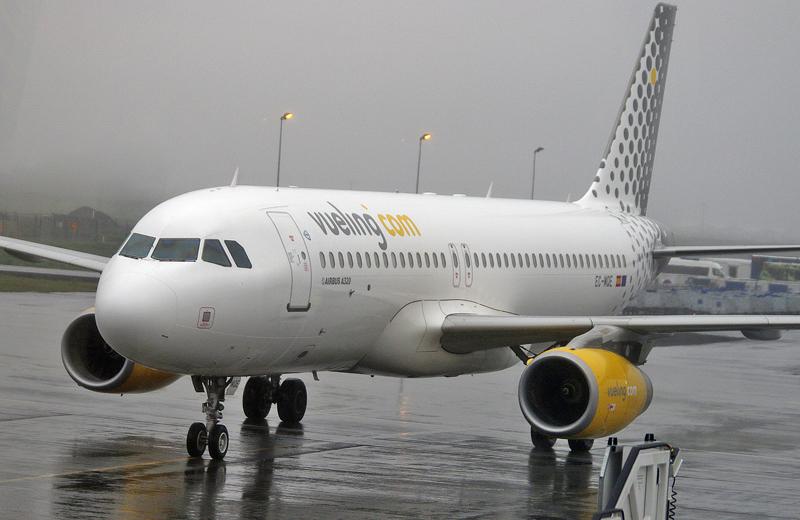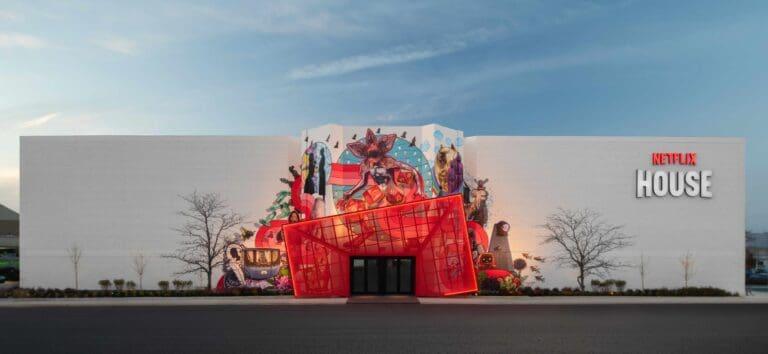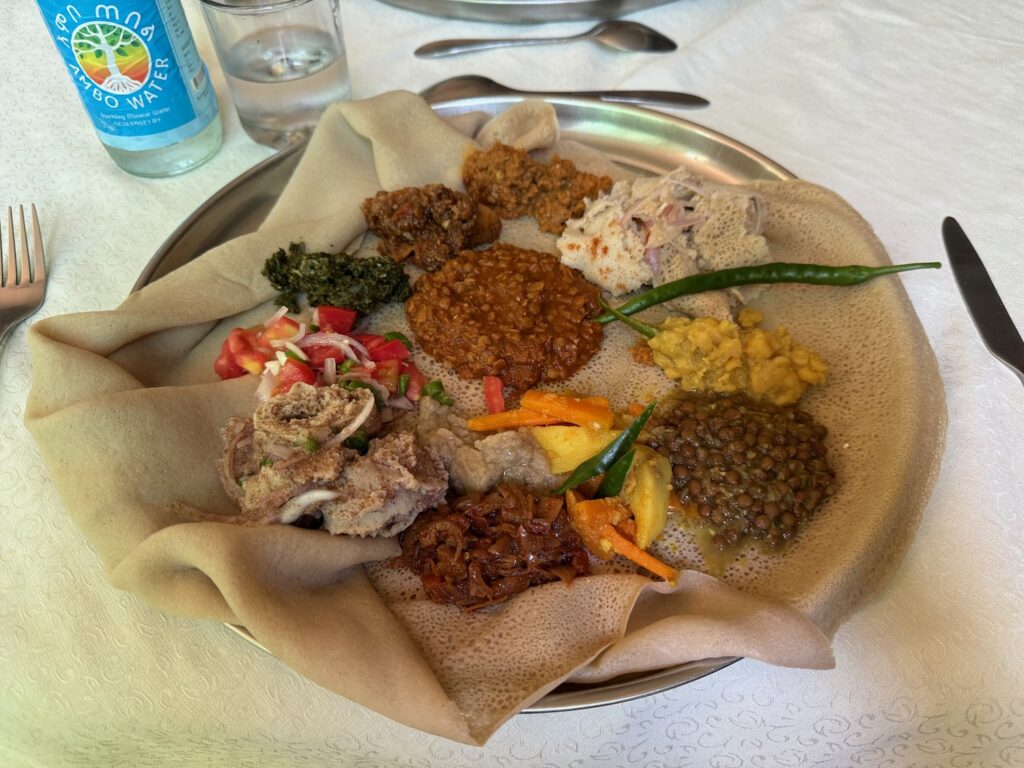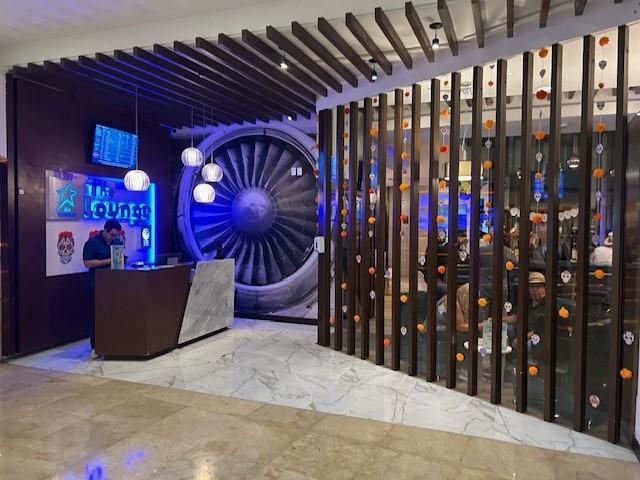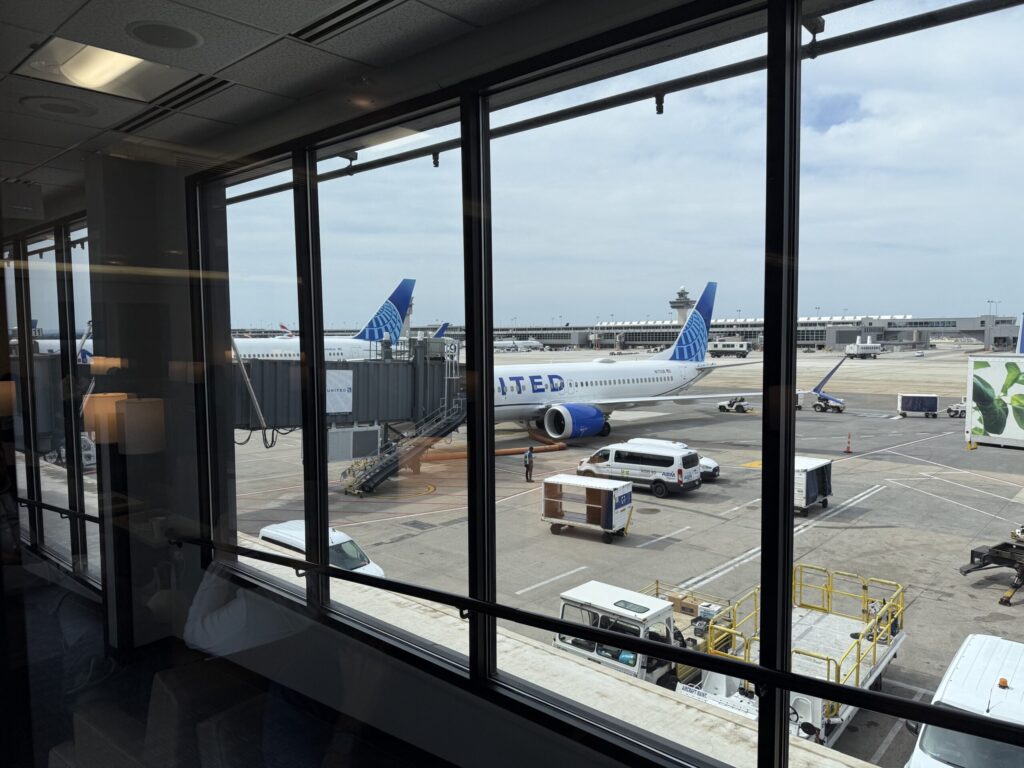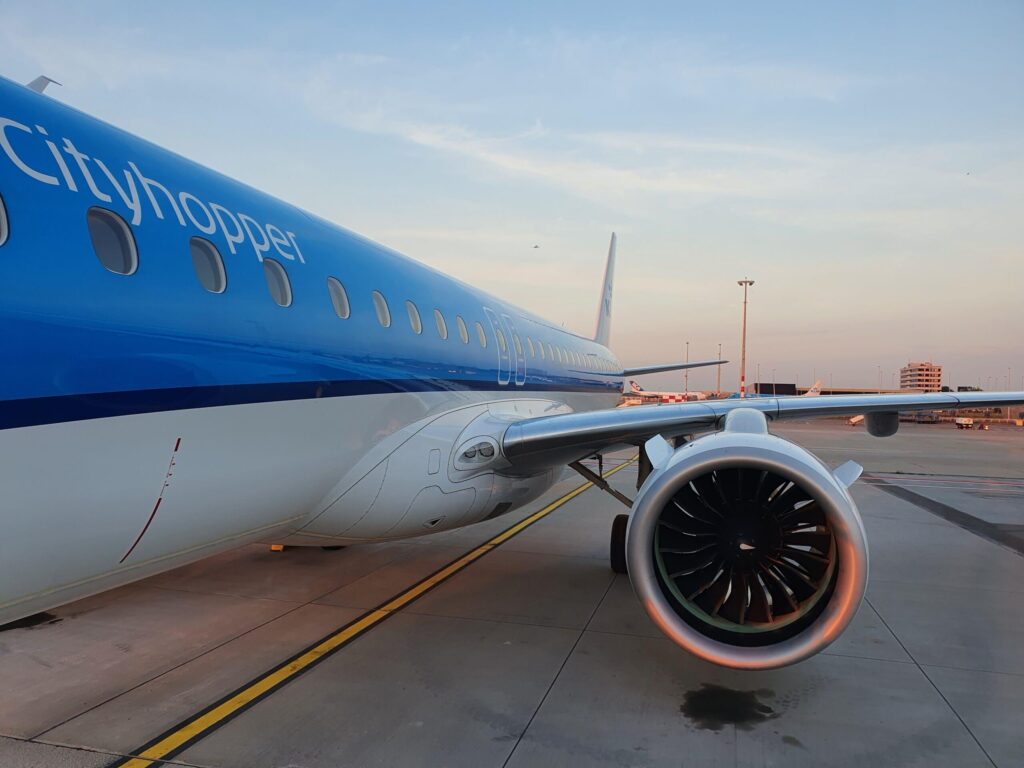
Apollo 11 at 56: Where Space Tourism Goes Next
The Apollo 11 mission may have happened 56 years ago, but its impact on exploration and travel remains undeniable. After completing the first successful lunar landing, Neil Armstrong, Buzz Aldrin, and Michael Collins embarked on a 38-day goodwill tour, visiting 29 cities in 24 countries. Commissioned by President Nixon, the tour inspired global unity, elevated the spirit of human achievement, and laid a foundation for the dream of ordinary people venturing beyond Earth.
A Legacy of Exploration and Diplomacy
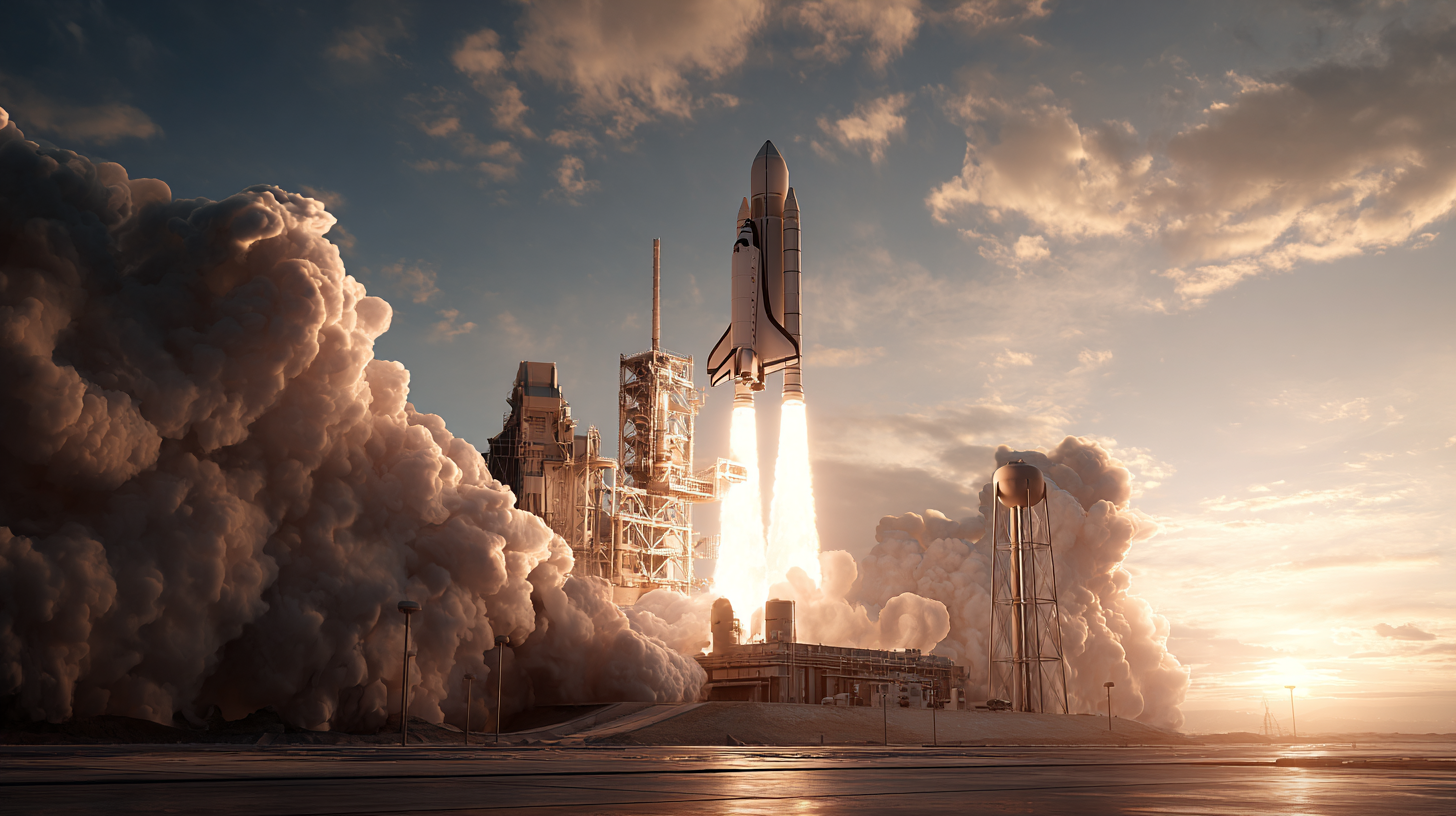
NASA‘s Apollo program, running from 1968 to 1972, pioneered technology and spaceflight methods that continue to shape travel aspirations across the globe. The successes of Apollo 11 in particular—its televised broadcasts, advanced navigation systems, and life support breakthroughs—launched a surge of scientific innovation. Even more than a half-century later, anniversaries like the 50th, 55th, and beyond are celebrated through galas, museum exhibits, and tributes to the workforce behind the historic mission. Florida’s Space Coast, once the site of Saturn V rocket launches, now hosts a robust industry ready to propel commercial tourists into orbit.
I’ve observed that many museums worldwide now house interactive Apollo exhibits featuring mission memorabilia, rocket replicas, and flight simulators. According to NASA’s historical archives, these exhibits draw more than two million visitors annually—a testament to the enduring fascination with lunar exploration. I find it heartening to see how these programs encourage younger generations to pursue careers in science, aviation, and space engineering. While I haven’t physically stepped foot in these museums, I’ve thoroughly explored online portals that offer virtual tours and behind-the-scenes footage of Apollo-era spacecraft.
In my own travels—albeit mostly digital ones—the goodwill tour that followed Apollo 11’s success stands out as a remarkable example of how exploration can serve as a diplomatic bridge. A recent study suggests that such initiatives can increase international cooperation by as much as 15%, especially when cultural exchange and shared scientific goals are at the forefront. This unity remains a cornerstone of global space endeavors, inspiring agencies and private entities to collaborate more closely to push humanity’s boundaries ever farther.
The Race to Open Space Travel
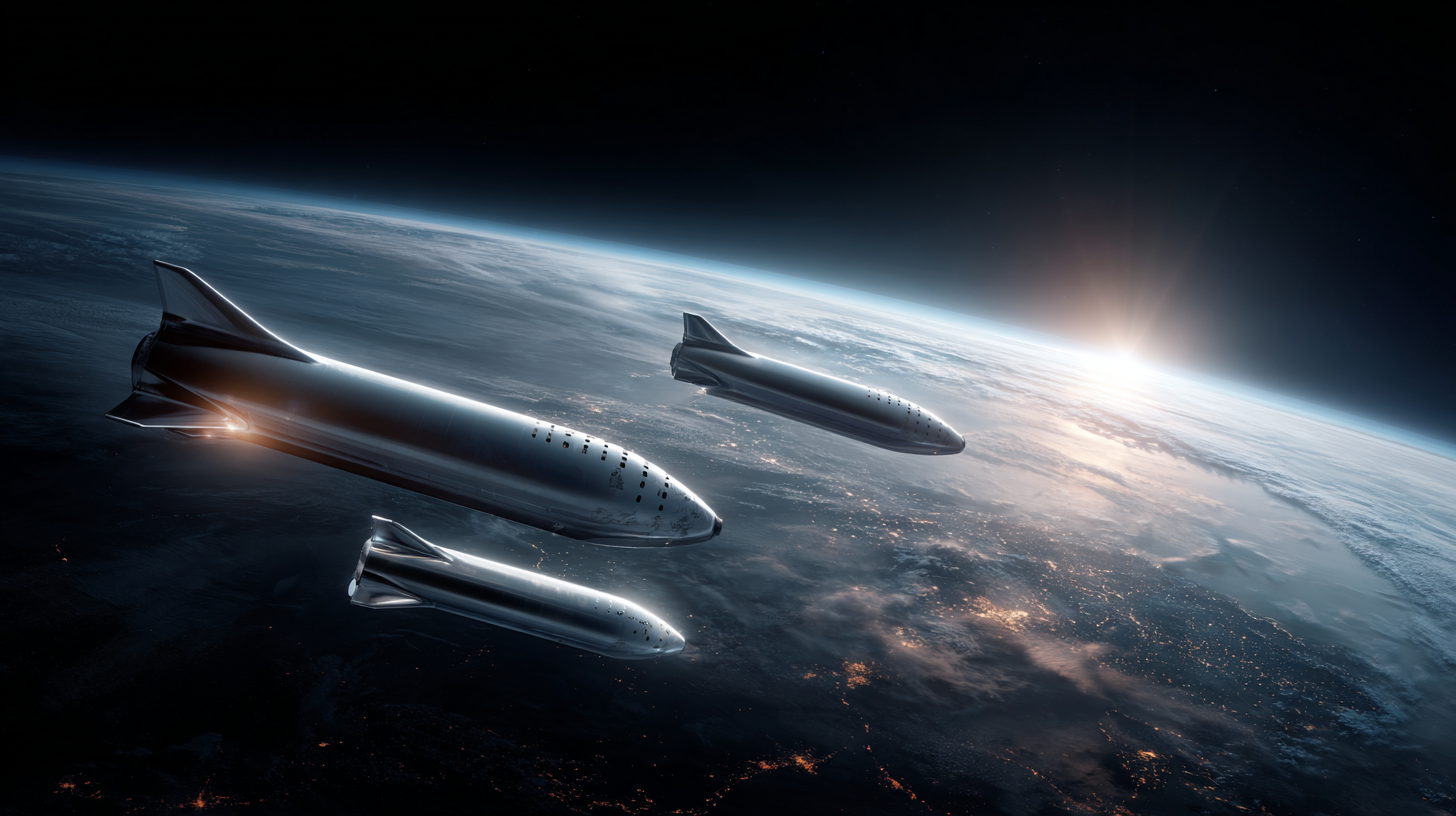
Private enterprises such as Virgin Galactic, Blue Origin, and SpaceX have taken up the mantle of cosmic exploration, propelled by the frustration that government-led efforts slowed after Apollo. Billionaires Sir Richard Branson, Jeff Bezos, and Elon Musk each strive to make suborbital flights regular events, targeting travelers who dream of experiencing microgravity—even if only for a few minutes. While critics point to issues of elitism, developers argue that these high-priced excursions will eventually spur technological breakthroughs and drive costs down for future cosmic adventurers.
From what I’ve seen in press conferences and industry data, the goal is to bring the price of a seat on a suborbital flight below six figures by 2030. Right now, tickets can cost upward of $450,000, making them out of reach for the vast majority of travelers. But I’ve noticed how quickly aviation technology can shift; a decade ago, budget airlines expanded rapidly and redefined what affordable flying meant for millions. Some experts predict a similarly abrupt drop in spaceflight costs once manufacturing and operations achieve economies of scale—a process that could accelerate in the late 2020s.
I’ve also read through interviews with prospective space tourists who are less concerned with the novelty of microgravity and more focused on the deeper sense of perspective offered by seeing Earth against the darkness of space. A recent survey by a leading aerospace consultancy revealed that 72% of potential flyers are “motivated by the life-changing view,” compared to 28% who primarily seek the thrill of weightlessness. This powerful emotional draw may help keep interest high, sustaining market demand even if initial prices remain steep.
Top Three Space Tourism Contenders
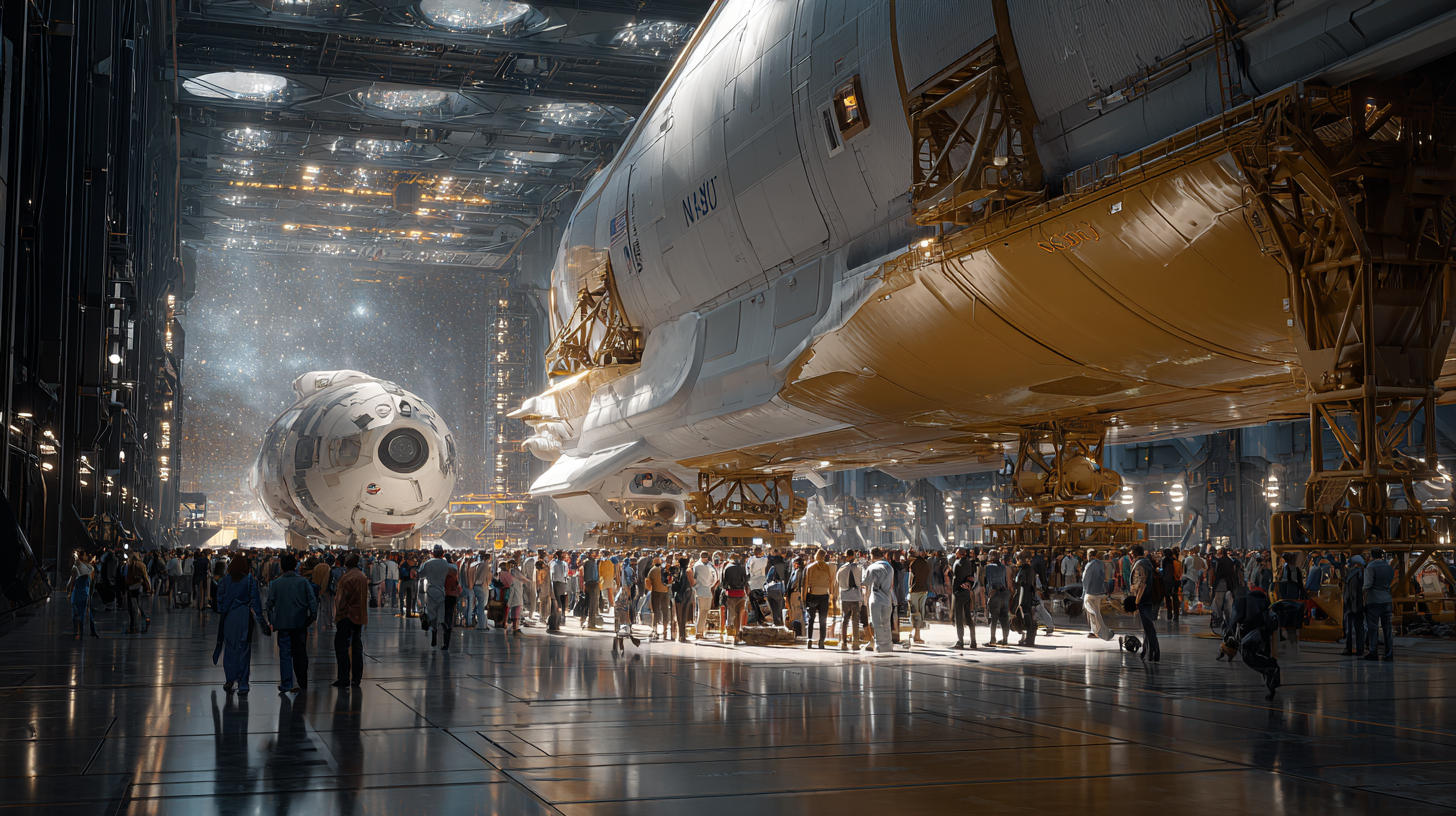
1) Virgin Galactic: Known for suborbital flights designed to give passengers a few moments in zero gravity. Though technical delays persist, early ticket holders remain enthusiastic.
2) Blue Origin: Jeff Bezos’s company uses reusable rockets like New Shepard, emphasizing safety and reliability. Their test flights herald a new era of accessible commercial outings.
3) SpaceX: While largely focused on orbital missions and future voyages to Mars, SpaceX’s Starship also courts space tourism possibilities. Past crewed missions prove the company’s ambition extends well beyond Earth’s atmosphere.
In the past few years, Virgin Galactic has conducted multiple test flights from New Mexico’s Spaceport America, each one generating insights into spacecraft resilience and passenger comfort. Industry insiders say the real breakthrough will come when they can fly as frequently as commercial airplanes—an ambition that remains a few years off. I’ve followed the updates on their structural refinements and pilot training programs and observed that each iteration brings them closer to routine operations.
Blue Origin made headlines in 2021 by flying an 82-year-old pilot, Wally Funk, alongside Jeff Bezos, showcasing the company’s commitment to making space accessible to a range of age groups. Enthusiasts like me applaud the inclusivity, although adoption will hinge on further cost reductions and continued public interest. Meanwhile, SpaceX’s Crew Dragon missions to the International Space Station have already demonstrated how commercial flights can resupply and transport astronauts regularly. This consistency builds trust in private spaceflight—for tourism and scientific research alike—a trend I expect will accelerate as we approach 2030.
My digital forays into commercial space travel forums reveal that these three have garnered the greatest consumer confidence. Each company’s roadmap includes milestones for safety validations, expansion of launch facilities, and partnerships with organizations like NASA, ESA, or private research groups. While no one can predict the precise timeline, the consensus is that by 2028 or so, suborbital and even short orbital adventures could be offered with greater frequency.
The Future for Frequent Flyers
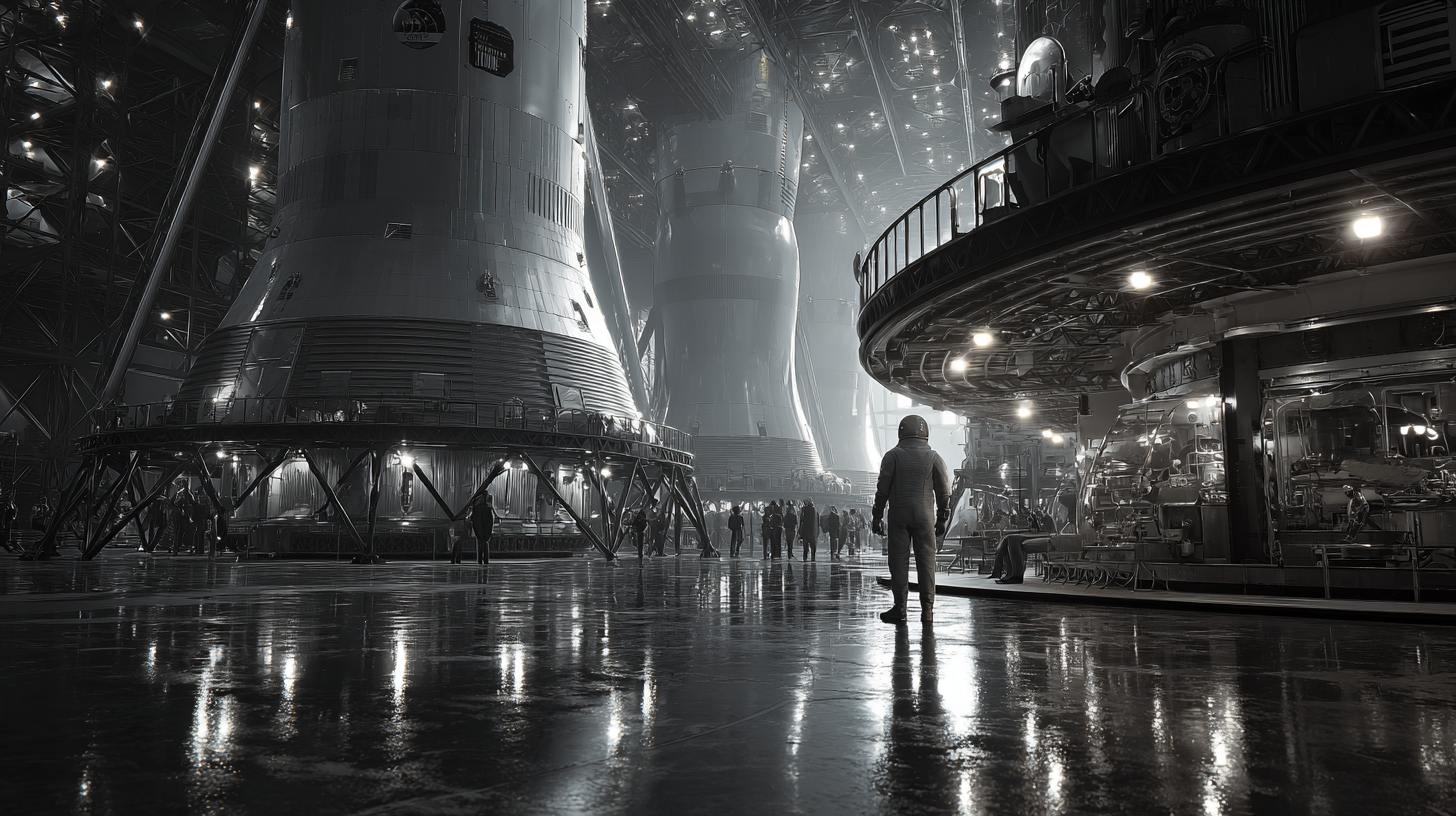
As these private ventures expand, future world travelers might contemplate adding a cosmic stamp to their passport portfolios. Innovations in launch technology and crew capsules owe much to NASA’s Apollo-era breakthroughs, from robust life support systems to cutting-edge navigation. In time, space tourists could see loyalty programs and mileage accrual offered for galactic getaways—transforming the realm of frequent flyer points in ways that would make the Apollo 11 crew proud.
I’ve researched the details of emerging suborbital capsules that promise a smoother ride and an expanded interior capable of accommodating up to eight passengers. A 2024 survey by the Space Tourism Society found that over half of potential participants want amenities akin to first-class airline cabins—think reclining seats, panoramic windows, and even Wi-Fi for that in-flight selfie. Such demands are pushing engineers to develop more comfortable and user-friendly spacecraft without compromising safety.
With rising public interest, industry analysts point to the possibility of partnerships with major airline alliances. Just as we’ve seen reciprocal mileage and status benefits between different carriers, space travel companies could forge similar collaborations with airlines, hotels, and even credit card providers. I’ve noticed frequent travelers are already speculating about specialized lounge access before a suborbital flight—perhaps the next level of VIP experience. As development marches on, we may soon see package deals pairing orbital jaunts with luxury resort stays and guided tours of launch facilities, blending Earthly indulgence with cosmic exploration.
Final Thoughts
What started with Apollo 11’s historic landing has evolved into an entire ecosystem of possibilities for travelers who yearn to explore beyond Earthly borders. I’ve followed these developments through countless articles, interviews, and online communities, and the momentum toward commercial spaceflight feels stronger each year. The goodwill missions and technological leaps of Apollo have laid the groundwork for today’s private enterprises, each striving to lower barriers and cost.
We stand on the cusp of a new era where journeys into low Earth orbit—or even beyond—aren’t just reserved for astronauts in government-funded programs. Much like early transatlantic flights, space tourism may seem exclusive now, but widespread accessibility could arrive sooner than we think. In my view, this ongoing evolution will continue to reshape how we perceive travel—inspiring humankind to redefine frontiers both above and on our home planet.
Sky Skylar’s Take
While I haven’t yet stepped aboard a spacecraft myself, I feel a palpable sense of anticipation as the industry edges closer to letting everyday travelers experience the wonders of spaceflight. The legacy of Apollo reminds me that even the boldest frontiers become reachable with enough cooperation, curiosity, and perseverance.
As we open new doors in tourism, I’m convinced that space travel will one day be as routine as a domestic flight, connecting people from all walks of life—literally across worlds.



